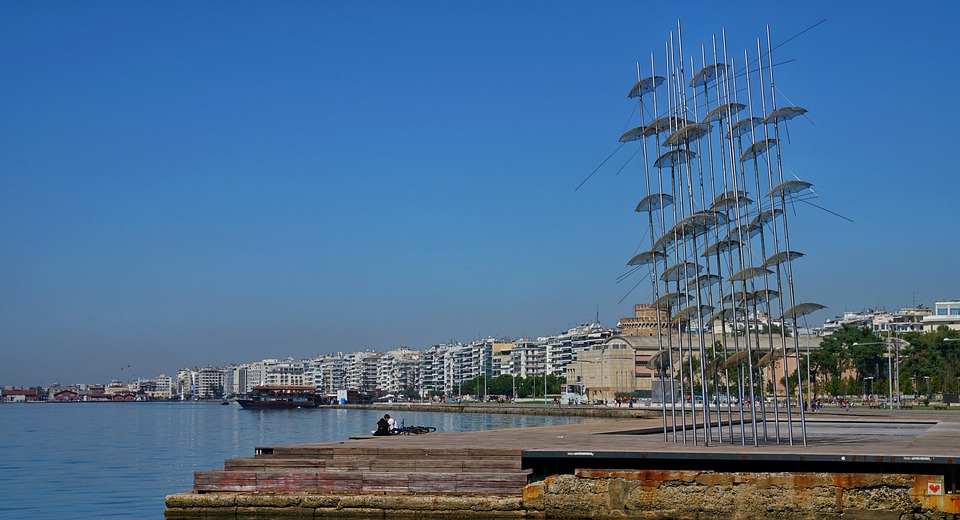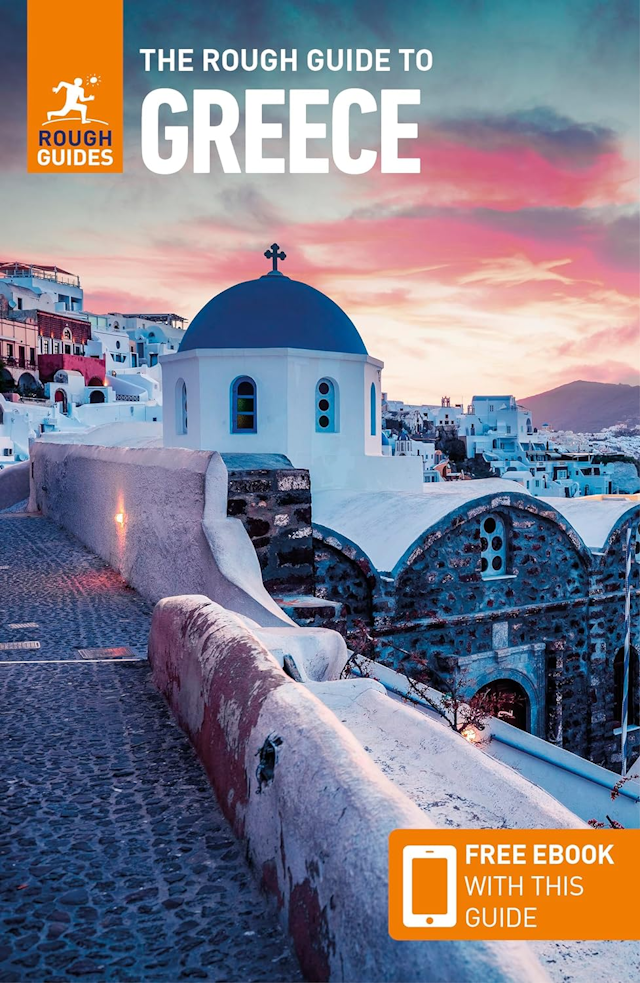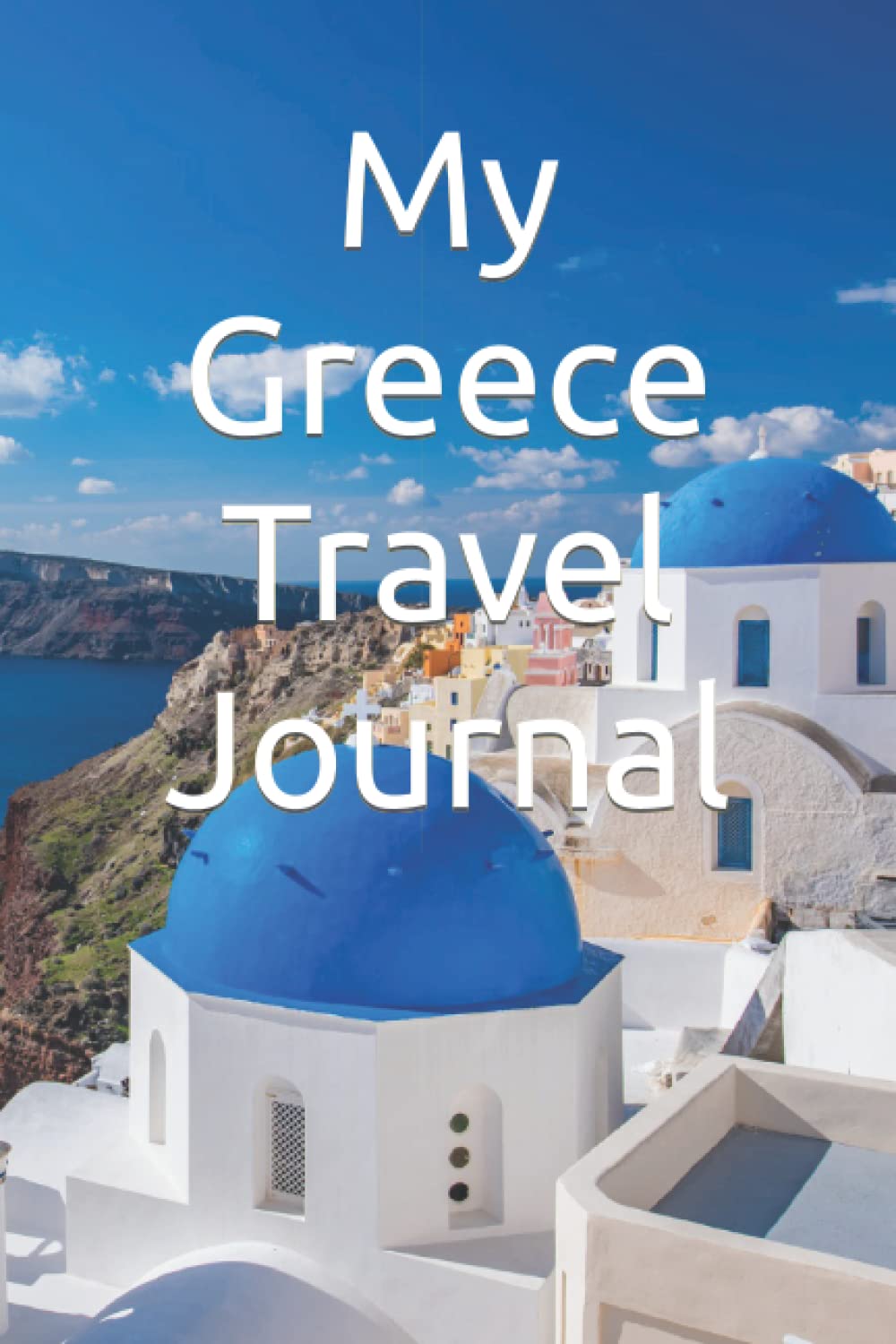- HOME
- Macedonia & Thrace
- Thessaloniki
Thessaloniki
The capital of Macedonia and Greece’s second city, Thessaloníki has a lovely situation by the water, a wealth of history, many good museums, churches, and good food and drink.
The capital of Macedonia and Greece’s second city, Thessaloníki is a vibrant metropolis, with a lovely situation by the water, and a wealth of history that does not disguise the fact that it is also very much a modern city too.
It has a large student population, and a walk along the waterfront in the evening takes you past rows of bars and cafés, all filled with the animated talk of young Greeks. Here they regard themselves as superior to the Athenians, and when you have spent any amount of time in the city you can understand that its citizens have a lot of justification for making that claim.
Thessaloniki is also a UNESCO City of Gastronomy!
Alexander the Great
At one end of that waterfront is a large statue of Alexander the Great, and the city gets its name from his half-sister, Thessalonike of Macedon. She was married to King Kassandros who founded the city in 315 BC, though it was done by bringing together some 25 towns with the town of Therme, which already existed here. Although it was not the Macedonian capital, when the Romans conquered Greece they made it the capital of the region they called Macedonia Prima in 146 BC.
Thessaloniki Roman Remains
The Roman remains are among the city’s attractions, and it lay on the Via Egnatia, the mighty road which linked Rome with its eastern outpost at Constantinople (now Istanbul). Thessaloníki's main street today is still called Egnatia. Just off it, at the eastern end of the city centre, you will find the Arch of Galerius, which was put up by the Emperor Galerius in 303 to commemorate his victory over the Persians some six years previously. It is covered in splendidly detailed carvings.
Next to the Arch of Galerius is the Rotonda, which is believed to have been built as a Mausoleum for Galerius, though it was never used as such. It has been used both as a church and as a mosque in its time, and today is used for occasional art exhibitions.
The White Tower
Close by is the city’s most famous landmark, the White Tower, which you will see on many posters and postcards. It was previously known as the Bloody Tower, because among its former uses was as a prison and a place of execution. Today it houses a fascinatingly eclectic Byzantine Museum, which extends over five floors and brings together many Byzantine objects, including mosaics and jewelry, and not merely the usual range of icons which most Byzantine Museums restrict themselves to. Be sure to walk up to the roof, too, for a good view of the city’s waterfront.
Archaeological Museum
A short walk from the White Tower is one of the city’s essential visitor attractions, the Archaeological Museum. Here in a specially-built annex is the skeleton of King Philip II of Macedon, along with the golden casket in which his body was buried, and the many other splendid finds from the Royal Tomb at Vergína.
In the same room are also finds from a significant site just north of the city at Dervéni, though the best objects are on display here and a visit to the site is not as rewarding. Among those objects are the burnt remains of a roll of papyrus from the 4th century BC, and the huge Dervéni Krater, an ornately-decorated bronze vase that was used for mixing wine. The museum also has some delicate mosaics found mainly in Roman houses within the city boundaries.
Other Museums
See our separate page devoted to Thessaloniki's Museums.
Thessaloniki Churches
Thessaloníki has many fine churches that any curious visitor ought to seek out. A landmark in the city centre is Ágia Sofía, which is easily distinguished as it was built in the 8th century and resembles the mosque of the same name in Istanbul. It was used as a mosque from 1585 to 1912, when it was reconsecrated and used as a church, which it still is today. Note the base of a minaret that remains in one corner of the church, and see also the frescoes and mosaics that have remarkably survived from the 9th and 10th centuries.
See Our Pages on the Churches of Thessaloniki.
Largest Church in Greece
Thessaloníki can also boast the largest church in Greece, which is dedicated to the city’s patron saint, Ágios Dimítrios. Although it is a comparatively modern building, having been rebuilt in 1917 after a horrific fire which devastated the city, it is on the site where Saint Dimítrios was murdered by the Romans in 305AD for not denouncing his faith.
The crypt where this happened still exists, and is a haunting place beneath the main altar. The feast day of Ágios Dimítrios is 26th October, when there are processions and festivities, and it is in general a good time to visit the city as two days later is the Greek Public Holiday of Ochi Day, cue for yet more celebrations.
Osios David
In contrast to the largest church in Greece, visitors also ought to visit in the back streets of the upper town the tiny 5th-century chapel of Ósios David. It owes its fame to the fact that behind its altar is found the finest mosaic in Thessaloníki, The Vision of Ezekiel.
Even those with no interest in churches or mosaics will appreciate the beauty of this work, the way it has retained its colours, and the fact that, unusually, it depicts a clean-shaven Christ. Although the church is kept locked because of the priceless nature of the mosaic, there is usually a caretaker on site to open the doors for you.
The Chain Tower
While in the Upper Town seek out the Chain Tower, which gives great views over the city and is a part of the Byzantine city walls, which are not complete but which can be seen in various places in this area, part of which is known as Eptapyrgíou, or ‘Seven Towers’.
Ataturk's House
If you walk straight down towards the waterfront from the Chain Tower, you will pass close by the house where the First President of the modern Turkish state, Mustafa Kemal Ataturk (1881-1938) was born. Inside is a small museum on the life of this remarkable man, and the rest of the house is kept as it was when Ataturk’s family lived there.
If you wish to see inside you must first go to the adjacent Turkish consulate to obtain permission. With the fragile state of affairs in the past between Greece and Turkey, and the fact that the Greeks hold Ataturk responsible for the exchange of populations that shamed Greece in 1923, Turkish officials have to be careful who they let into the house, as it has been threatened on many occasions.
Food and Drink
All that needs to be said about Thessaloniki's amazing food and drinks scene is that in 2021 it became the first Greek city to be designated by UNESCO as a Creative City for Gastronomy. Read more about that here.
Latest Posts
-
5 Reasons to Spend Easter in Meteora
Renowned for its spectacular “hanging” monasteries and reverent atmosphere, Meteora is the perfect place to spend Greek Easter. -
3 Must-Visit Islands for Greek Easter
Boasting spectacular landscapes and unique local traditions, the islands of Lesvos, Ikaria and Andros are ideal vacation destinations for Greek Easter. -
Easter Cookies from Smyrna, a 100-Year-Old Recipe
Discover the secret to making the most delicious Easter koulourakia (cookies) from Smyrna, passed down through five generations. -
Acropolis Museum Exhibition: The Parthenon and Byron
On the occasion of 200 years since Lord Byron’s death, the Acropolis Museum in Athens is honoring his memory with a symbolic exhibition related to Lord Elgin’s taking of the Parthenon sculptures. -
Greece Launches Contactless ‘Tap & Pay’ System on Athens Airport Express Buses
The Greek Transport Ministry on Wednesday launched a pilot ‘Tap & Pay’ contactless payment system for passengers traveling on the express bus lines in Athens that connect to Athens International Airpo… -
Greece Bans Sunbeds, Umbrellas, Bars on 198 Beaches
Sunbeds, umbrellas, and all sorts of constructions have been banned on 198 beaches across Greece according to a joint ministerial decision signed this week by Economy & Finance Minister Kostis Hatzida… -
4 Guesthouses in Zagori that Are Worth Visiting
Amidst the mountains and spectacular scenery, these four traditional guesthouses in the heart of Zagori, Epirus, offer the very best in Greek hospitality. -
Greece’s 10 Highest Mountains
From myth-laden peaks to rugged alpine trails, we explore ten of Greece's highest mountains, where untamed beauty and boundless adventure meet. -
Paris 2024 Olympic Flame Lit at Ancient Olympia, Countdown to Games Begins
The Olympic flame that will be burning for the Paris 2024 Olympic Games this summer was lit in Ancient Olympia on Tuesday, April 16. Located in western Peloponnese, Ancient Olympia is one of the most… -
April 17 Greece National Strike to Affect Public Transport, Ferry Travel
Public transportation in Athens as well as ferry travel in Greece will be disrupted on Wednesday, April 17, due to a 24-hour strike called by the General Confederation of Greek Workers (GSEE), the cou…
















